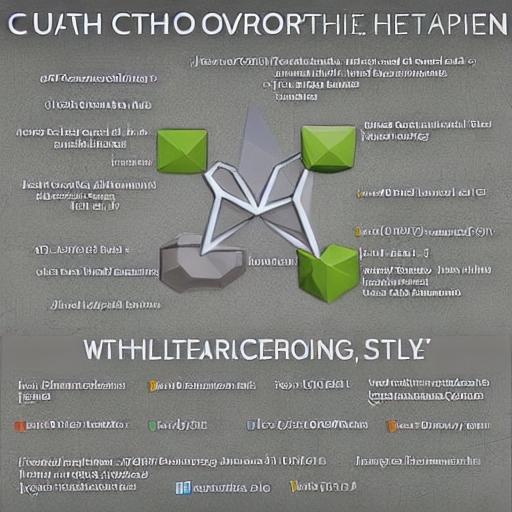In the vast landscape of blockchain technology, Ethereum stands as a towering figure, revolutionizing the world of decentralized applications, or dApps. But every marvel has a beginning, and Ethereum’s origin story is as intriguing as the power it wields today.
Let’s rewind the clock to 2014, where the stage was set for Vitalik Buterin, a Russian-Canadian prodigy, to introduce the world to his brainchild. Buterin, already a renowned figure in the cryptocurrency realm, conceived the idea of building a decentralized blockchain platform that would open doors to an entire ecosystem of dApps and smart contracts.
Driven by this vision, Buterin embarked on bringing Ethereum to life. He co-founded the Ethereum project with Gavin Wood, Anthony Di Iorio, Joseph Lubin, and other talented individuals who shared his passion for blockchain technology.

Ethereum’s whitepaper, released in November 2013, laid the foundation for a groundbreaking innovation that would expand the boundaries of blockchain. It outlined Buterin’s vision of a platform that went beyond cryptocurrencies, allowing developers to build decentralized applications on the blockchain.
Fast forward to July 30, 2015, when Ethereum went live with its Frontier phase. It was a crucial milestone, as developers and enthusiasts alike could finally witness the power of Ethereum’s smart contracts in action. This phase marked the experimental stage of Ethereum, offering limited features and encouraging developers to test the platform’s capabilities.
As the Ethereum community grew, so did the project’s ambition. In March 2016, Ethereum made its first major upgrade, transitioning to the Homestead phase. This phase brought stability and improved security to the platform, instilling confidence in developers and users alike.
Building upon this success, Ethereum continued to evolve. The Metropolis phase, introduced in October 2017, further refined the blockchain, upholding its promise of offering a decentralized world. This phase also introduced the Byzantium and Constantinople hard forks, enhancing the platform’s functionality and empowering developers with additional tools and features.
Finally, in December 2018, Ethereum embarked on its most ambitious upgrade yet – Serenity, also known as Ethereum 2.0. The Serenity phase aims to address the scalability and sustainability challenges faced by Ethereum, ushering in an era of increased speed, efficiency, and security. This upgrade will see Ethereum transition from a Proof-of-Work consensus mechanism to a Proof-of-Stake model, making it more energy-efficient and environmentally friendly.
Ethereum’s journey is not merely the tale of a cryptocurrency or a blockchain platform; it is a testament to the limitless potential of human ingenuity and innovation. It has propelled the concept of decentralized applications, enabling developers to create diverse solutions across industries such as finance, gaming, supply chain management, and more.
Looking ahead, Ethereum shows no signs of slowing down. With the upcoming Ethereum 2.0 upgrade, the platform is poised to scale and accommodate the growing demand for decentralized applications. As the Ethereum ecosystem continues to thrive, it has the potential to redefine how we interact, transact, and build trust in the digital world.
